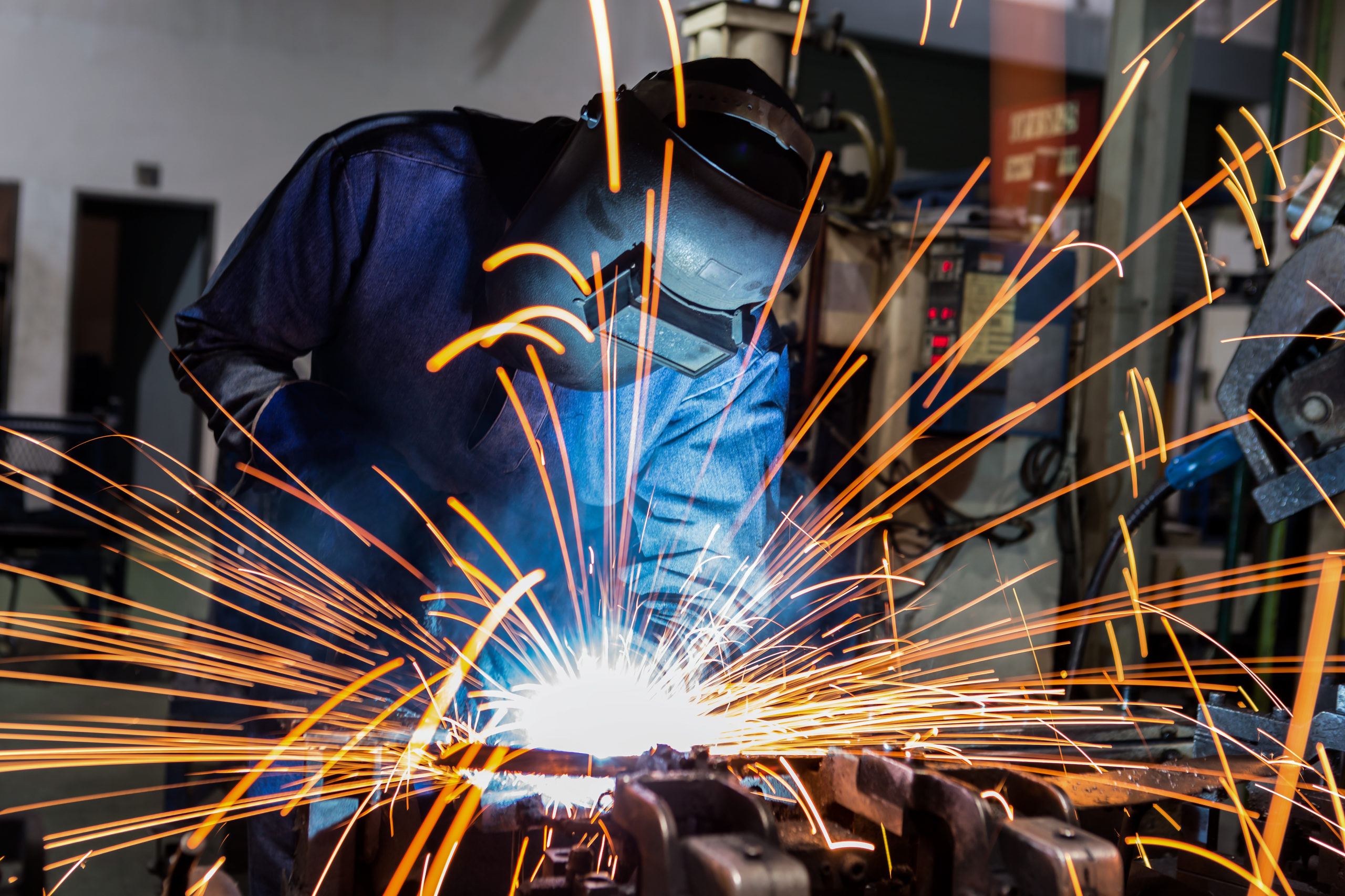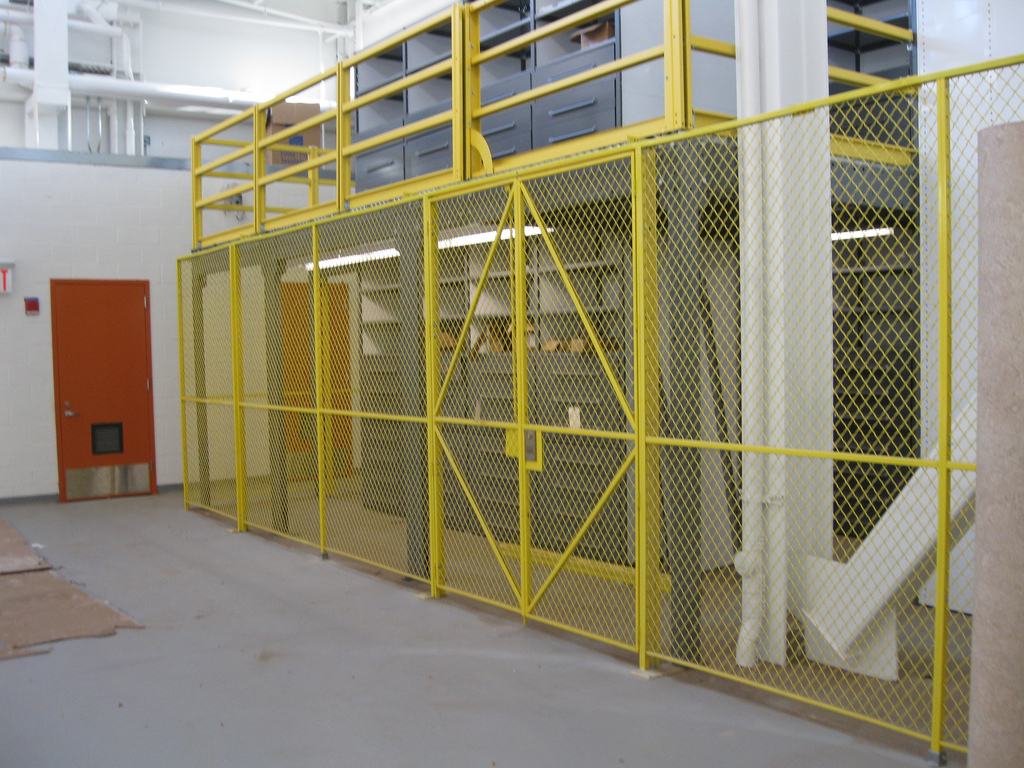The stainless steel wire mesh welding process changes based upon the thickness and finish of the material as well as the intended use for the end product. There are many ways to weld stainless steel, but only a handful are widely adopted and used in the United States. These stainless steel welding methods are TIG welding, spot welding, and MIG welding. Our metal fabrication experts discussed the differences between each and when to use which technique.
TIG Welding
Gas tungsten arc welding (TIG) methods offer high quality, versatility, and longevity for the end product. This welding technique creates a low heat input, which makes it the perfect style to use when working with thin material. The argon gas is mixed with other gases such as helium, hydrogen, and nitrogen-based on the specific needs of the project. A single-sided welding process can create gas protection between the inside and outside welds. The single-sided welding process helps to prevent oxidation and increase resistance to corrosion.
Spot Welding
Spot welding or resistance welding is one of the most cost-efficient stainless steel welding processes. Resistance welding equipment is incredibly versatile, which makes it a great investment if your average project size varies across the board. Resistance welding uses an electrical current to heat metal edges and seal them together. This method works best on metal with a low melting point because it can be altered in a way to prevent distortion of the metal.
MIG Welding
Gas metal arc welding (MIG) is a slightly automated process that when done properly offers a strong joining of two pieces of stainless steel. This process uses a shielding gas that is rich in argon and a wire electrode to perform the metal fabrication process. MIG welding is common because it allows the skilled welder to use a pulsed current supply, which makes it easier to weld in hard-to-reach areas on some of the most complex steel projects. Other gases can be utilized alongside the gas shield to offer a boost in stability of the arc and quality of the overall weld.
What Method Works Best?
Each method offers a different level of quality and support which you have to correctly decide what lines are best for your project. As we explained above, each has a set of pros and cons. Spot welding is the most affordable option that could be used for a smaller, cheaper project where margins are tight. When the material being worked with is super thin, TIG welding is the best option to avoid wasting material. MIG welding works best when time is of the essence and the size of the project is rather big. MIG welding is usually the most expensive technique to utilize.

